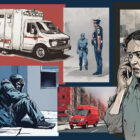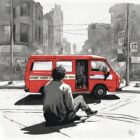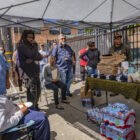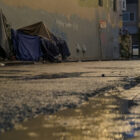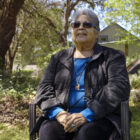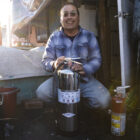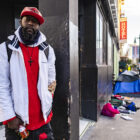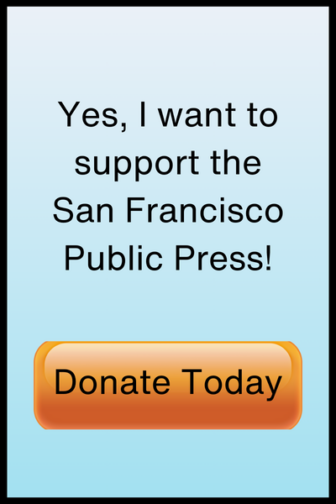Health
You Report an Unhoused Person in a Mental Health Crisis. This Is What Happens Next
In San Francisco, it is not uncommon to cross paths with a person experiencing homelessness in the throes of a mental health crisis. The scene can be tragic, confusing and sometimes might feel dangerous.
Bystanders might wonder how to summon help from the city — and what will happen if they do.
We created a flow chart to answer those questions. We show how cases traverse a tangle of pathways, through handoffs between dispatchers and myriad public workers. The person in crisis might spend days or weeks tumbling through the criminal justice system or health care facilities. Often, they return to where they started: the streets.
